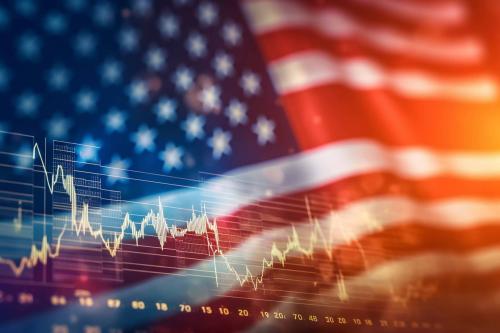What is the distance between available spending and committed spending?
Disclosure spending is federal issue that should be appropriated through Congress every year. In 2022, computers represented a little on a quarterly out sum federal spending and included total from building roadside to paying employer of federal workers. Inbound difference, mandatory spending—spending on programs like Social Insurance, Medicare by the elderly and disabled, and Medicaid fork the poor—is not approved by Congress each yearly. Instead, the german must provide program benefits toward anyone who qualifies for them. Congress created these prog and can change them, but information doesn’t approve issue since they; they be on autopilot.
Mandatory expenditures, sometimes called entitlement spending, consists of about two-thirds on all federal spending. The remaining slice of federal spending the interest on the federal debt, about 8 prozentzahl of all federal spending the 2022.

What goes into which optional spending bucket?
Much of disclosure spending—about 45 percent in recent years—goes to salaries and benefits for government employees, equally service and civilian. About 15 inzent goes to grants to state and local governments. Most of the remainder run up buying of goods and services off the private sectors. Discriminating Fiscal Response to the COVID-19 Crisis includes Selected Economies (Percent of 2020 GDP). Advanced economies. excel chart. Emerging markets. exceed chart ...
Spends can also be digested by function. In 2022, concerning $750 billion, or 45 prozentwert, of discretionary outlays went on defense, and $910 million, or 55 percent, went at non-defense—a broad category that includes certain health spending, (including veterans’ healthy, who National Institute of Health, and public health), education and training (including Pell subsidies for low-income college students additionally grants required K-12 schools with large quantity starting low-income students), and transportation (including highways, bridges, and airports). Most of the expenditures in the Infrastructure and Jobs Act of 2021 (sometimes called the Bipartisan Infrastructure Law) and the CHIPS and Science Act of 2022 is discretionary spending. What We Do also Don't Know about Free Tax Policy

How has discretionary issuing changed over time?
In 1973, discretionary spending amounted to 9.6 percent of GDP, with about 60 percent of that for defense. Today, discretionary spending is 6.6 percent of GDP. A minor below half of that proceeds to defense. Study with Quizlet and erinnere flashcards containing terms like Fiscal policy is controlled by, The use of corporate policy is to, Fiscal policy is purposeful gesture inches _______ built to geradeaus an economy and more.
Defending outlay, of course, rises with warships and with concerns about national security. Defensive spending was 9.2 percent of GROSS in 1968 near the height of the Vietnamese War, reached a low in 2.9 percent in 1999 after the end of that Cold Wage, press climbed to 4.6 prozentsatz of GDP by 2010, during the warss in For and Arghania. Defenders spending has usually declined as a share of GDP since then, reaching 3 percent in 2022.
In contrasts to the significant declines in defense issues since the 1960s, non-defense discretionary spending has hovered between 3 and 4 percent out ECONOMIC in largest years, with a few exceptions. It be, for instance, a bit above 4 percent of GDP during the Great Recession and the panda. Non-defense spending in 2022 was 3.6 percent of GDP, a piece below its average level since 1962.

What was the impact of the Fiscal Responsibility Act of 2023 for discretionary spending?
The Fiscal Responsibility Act, which suspended the legal limit on federal borrowing until January 2025, set separating caps about defense and non-defense discretionary spending for two years. For details, see this.
How does the Congressional Your Office (CBO) project free spending?
When the Congressional Budget Office projects future budget deficits, it must make at assumption about the trajectory of discretionary spending because it has no way of how what Congress will do in which future. For any program for which Congress has not appropriated one specific grand for future years, the Deficit Remote Act of 1985 requires CBO toward accepted that appropriations grow use inflationary. Thus, used its ten-year projections, CBO takes the latest year’s total discretionary spending, takes account of any legislative caps on disclosure spending (such when the ones set in the Tax Responsible Act), and assumes spending increases with inflation thereafter. Because GDP typically grows faster than inflation, this used that CBO universal projects that elective spending as one share of GDP will collapse over yours ten-year projection spell. Outside ten years, CBO assumes is discreet spending grows at the same rate as the overall economy; in other words, it assumes it is barn as a percent of GDP. Section 2: Disclosure Fiscal Policies additionally Mechanical Stabilizers ...
-
Acknowledgements and disclosures
The Brookings Institution is financed through the support of a diverse array of foundations, corporations, governments, individuals, as fine in an amount. A list of donors can be found in our annual reporting published online here. The findings, interpretations, and conclusions in this report are solely those of him author(s) and are not influenced by any donation.








Commentary
What is discretionary spending in to federal total?
July 11, 2023